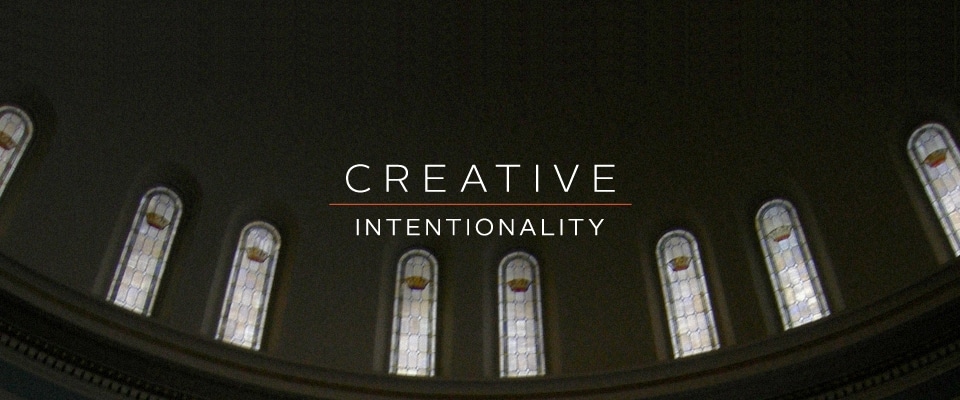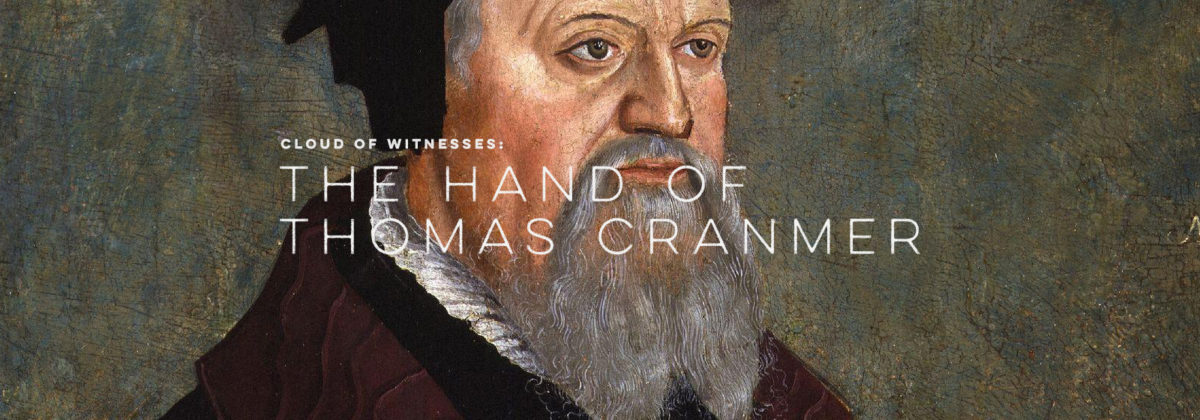A few weeks ago Julia and I went to Seattle for what all the kids now coin as a “Babymoon.” We took in the sights, ate a lot of food (especially Top Pot donuts), and got what will surely be some of our last nights of solid sleep for the next while. While in Seattle we decided to visit Mars Hill Church. Their downtown campus now meets in an old United Methodist Building. Sunday morning, we approached this grand building. It is a beautiful 1910 heritage building, constructed in the Beaux Arts-style with a remarkable terracotta-topped dome. It is within this cathedral that Mars Hill meets with blaring music, an hour long sermon, remarkable creativity in visual design, and absolutely nothing that would resemble a “traditional” church. Within this building a very interesting tension between the past and the present is held. I liked it.
What was striking to me, however, was what ended up staying with me after the service. Normally, I am sent back into the world with a moment of singing and a lyric that resonates, or a thought in the sermon that stirred something within me. But this time it was neither of these things. It was something so surprising and moving that it brought me to tears. During the music, I looked up and it so happened that Julia and I were positioned underneath the dome of the cathedral. Encircling the dome were tall stain glass windows, and the focal point of each window was painted crown. Looking up, I saw the sun radiating through these windows and crowns seemed to be falling down from heaven.
My heart and mind began to flood with images from Scripture.
I looked up, and remembered that God crowns us with his steadfast love and mercy (Ps. 103:4). I dwelt in the reality that I am deeply loved by God, and that my worth and value, and my status comes from him alone. I looked up, and remembered Paul’s pastoral words to the Philippians, “press towards the goal for the prize of the upward call of God in Christ” (Phil. 4:13). I felt my heart move towards a readiness to follow God at any cost. I looked up, and remembered an image from Revelation, “the twenty-four elders fall down before him who is seated on the throne and worship him who lives forever and ever. They cast their crowns before the throne” (Rev. 4:10). I was assured that all other crowns are worth surrendering for the surpassing worth of receiving what only God can offer. In the very act of looking up, I remembered in worship we actually join the chorus of voices that ceaselessly worship God in heaven. We join the great cloud of witnesses who have gone before us. The people of God gathered as a worshipping community actually becomes a place where heaven and earth intersect, where time stands still and space is transcended. All these images began to collect, and pool, and intertwine in my mind. My heart softened, my mind rejoiced, and I was moved to a deep and joyful worship of God.
What has kept me fascinated with this experience is that it was totally unrelated to any of the songs or the sermon. The architecture of the building is what did the preaching that Sunday morning. What a thought: the Holy Spirit uses architecture to preach the gospel! Of course this revelation isn’t anything new to many streams within the Christian tradition. For centuries Christians have used art and beauty to aid in the act of worship. Undeniably the placement of the crowns within the stained-glass windows in the dome of that Methodist Cathedral was intentional on the part of its designer. I can’t help but believe that God delights in this sort of creative intentionality. In fact using the arts and creativity to point people towards God stretches all the way back to the beginning of the Bible.
Did you know that the first few times the Holy Spirit is mentioned in the Bible it is within the context of creativity? When God created all things “the Spirit of God was hovering over the face of the waters” (Gen. 1:2). Then there is the lesser known duo of Bezalel and Oholiab — the first “creative types” in Scripture. God says “I have filled [them] with the Spirit of God, with ability and intelligence, with knowledge and all craftsmanship, to devise artistic designs, to work in gold, silver, and bronze, in cutting stones for setting, and in carving wood, to work in every craft” (Ex. 31:3-5). God fills these two men with His Spirit for creative work. Yet simply being creative wasn’t the end goal. Their creative efforts had an aim. The goal was to use this God-inspired creativity to create the tabernacle: the place of worship for Israel.
God is a creative God with boundless creativity. But what’s even more exciting than that is how God delights in filling us with His Spirit so that we can tap into his creativity to create beauty that will aid people in entering into His presence. God met us in Christ and brought our salvation in such a surprising, mysterious, and creative way! In Christ, God was reconciling the entire world to himself and ultimately Jesus will make all things new (2 Cor. 5:19 and Rev. 21:5). A powerful creative act. So lets take this to its logical end: the entire universe and everything within it can be restored and pointed towards God.
Whenever we create it always has an aim. It can be just for the sake of creating, or for the sake of an audience, or for the sake of ourselves. Among many more reasons, there can be good intentions to create, and there can also be selfish aspirations to create. As a once musician, graphic designer, and now a pastor, I find that my artistic and creative streak is most fulfilling when it finds its end in its source. The source of all creativity is God, the end of all creativity is God. How much we highlight God in our creative acts can be subtle, or it can be overt, but when we tap into the endless potential of our creative God, we will find what is made to be better than what we could have ever imagined on our own.
We should aspire to preach the gospel with paintings, murals, graphic design, building & landscape architecture, lyrics, poems, cooking, and the like. Why not ask God to fill us with such creativity that what is being produced in and through us gives glimpses of the world as it ought to be? We can! Whatever we do — in word or deed — we can do it all in the name of the Lord Jesus while giving thanks to the Father (Col. 3:17).
Come Lord Jesus, fill us with your creative Spirit!




